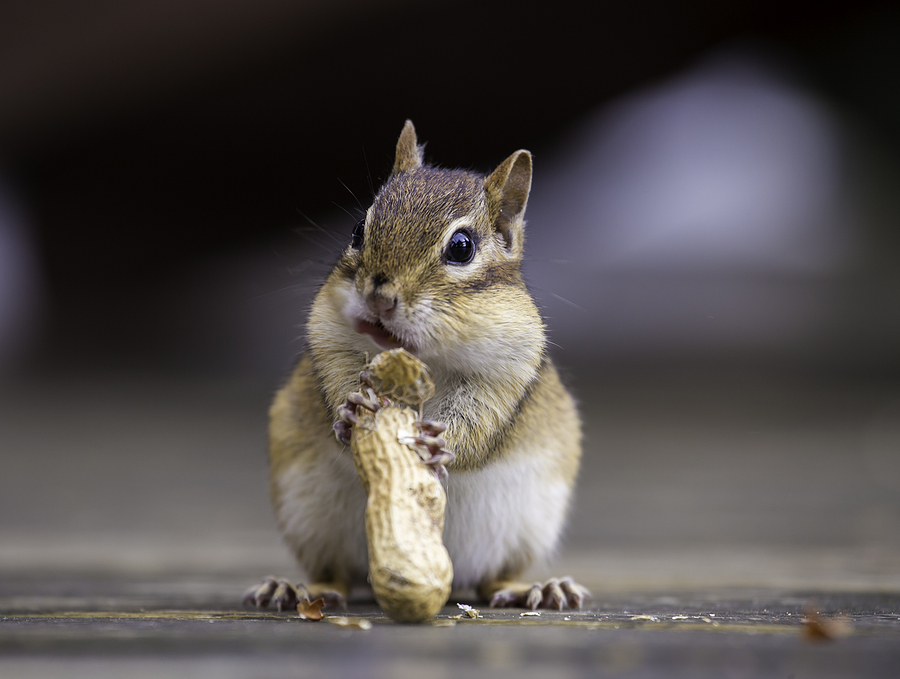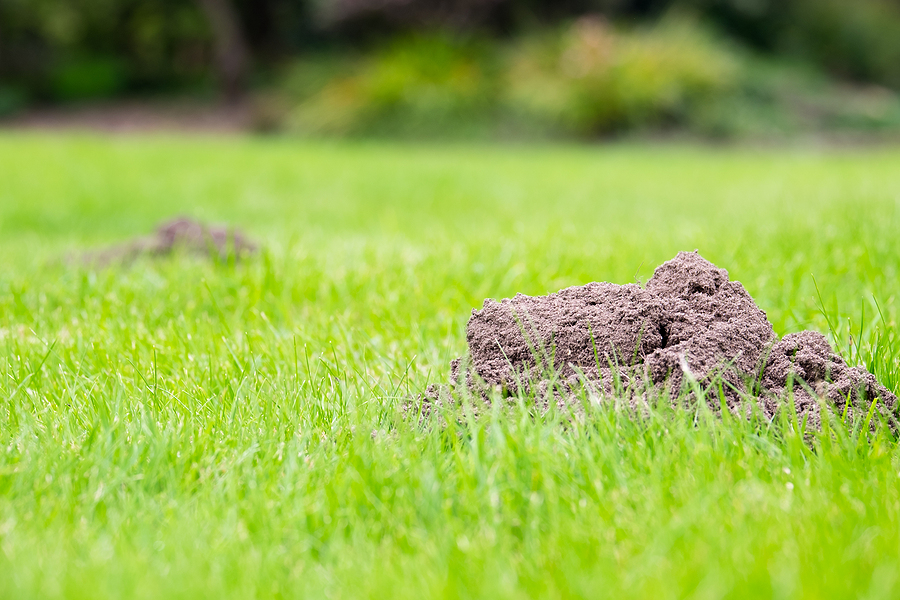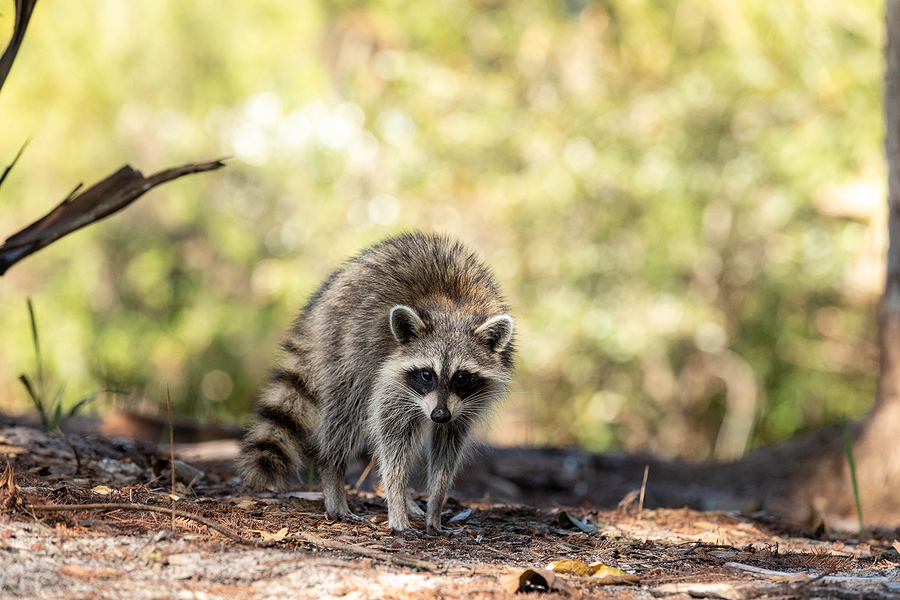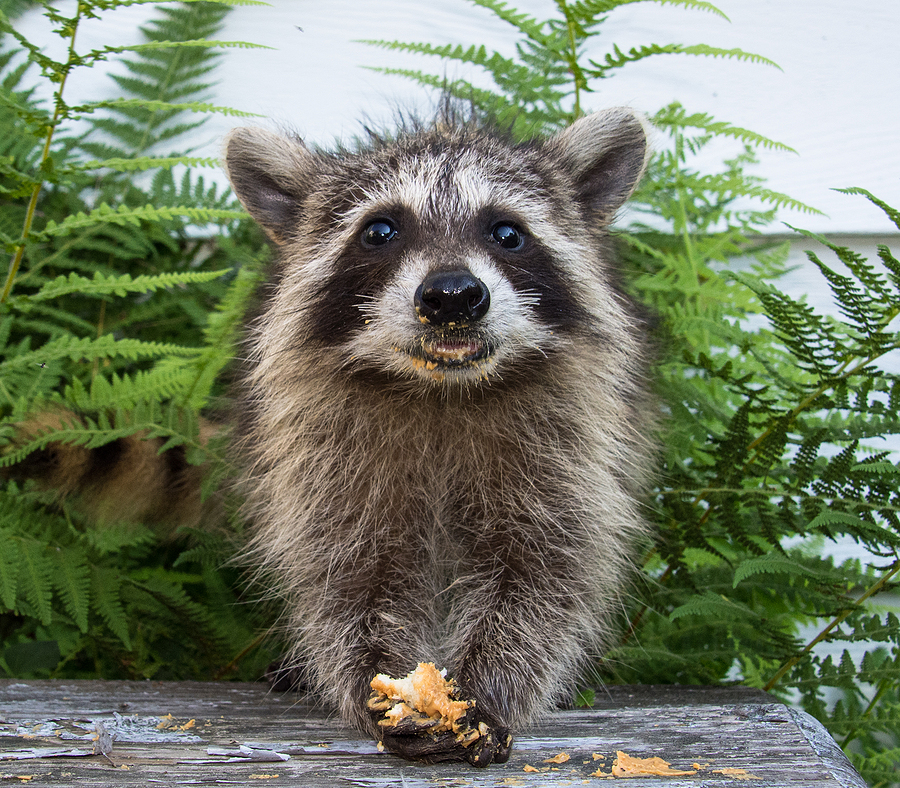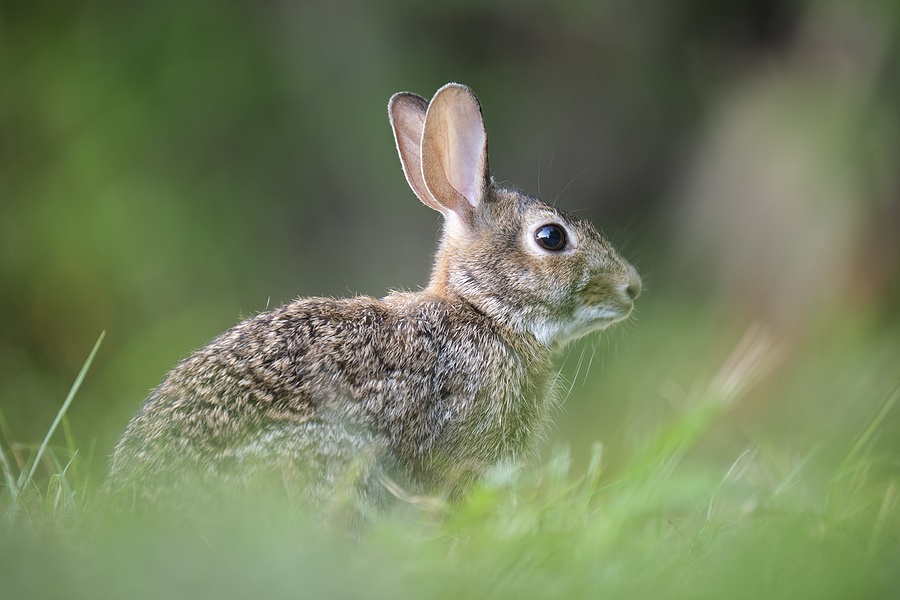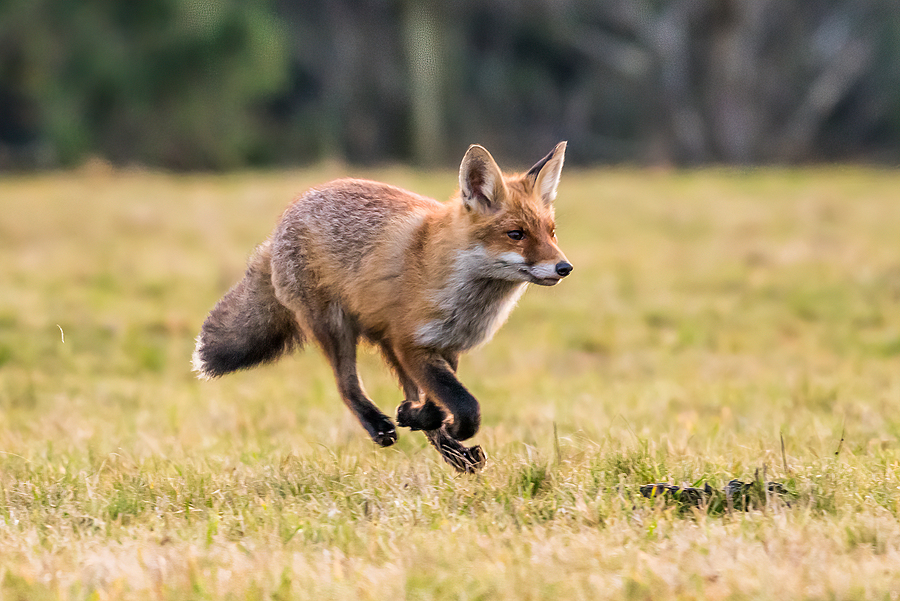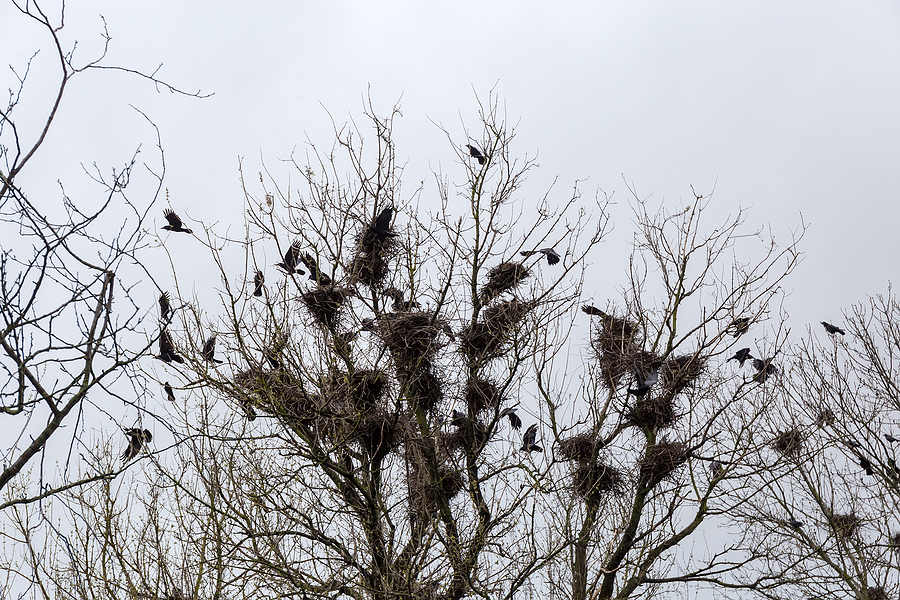If you’re a homeowner who’s been waging a constant war against pesky rabbits invading your property, you’re not alone. These seemingly innocent creatures can wreak havoc on gardens, lawns, and shrubberies, turning your beautiful outdoor space into their personal dining room. But don’t worry!
We have compiled a list of safe and effective rabbit control techniques – from well-tested rabbit removal methods to the most potent rabbit repellents – to help you keep your property rabbit-free. Read on to arm yourself with the knowledge you need to guard your home and garden effectively.
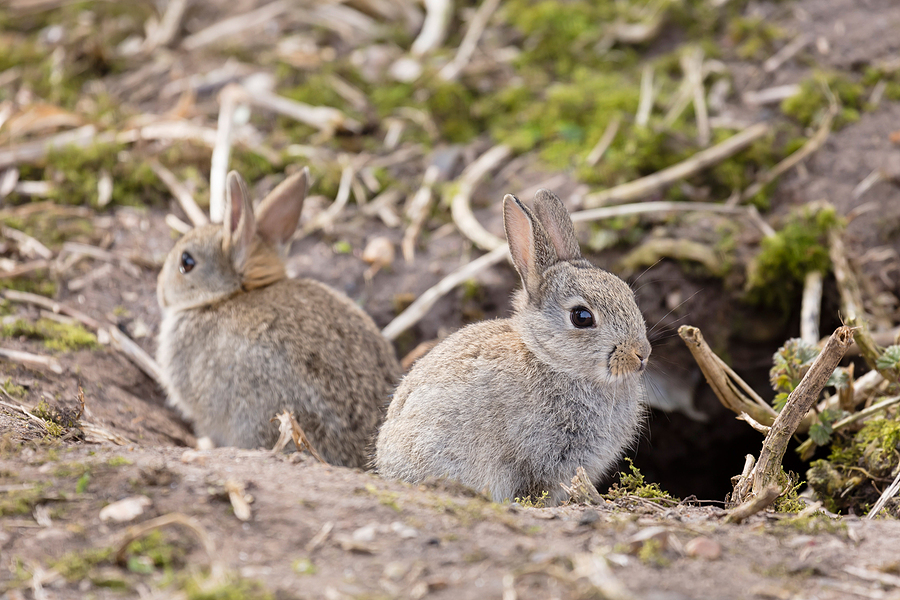
Understanding the Rabbit Problem
Rabbits, with their soft and fluffy appearance, can easily deceive homeowners into thinking they’re harmless. However, these herbivorous mammals are one of the most destructive pests that can wreak havoc on your garden and outdoor space. They feed voraciously on plants, causing significant damage to crops, trees, shrubs, and flowers.
Moreover, rabbits are prolific breeders, with a single female rabbit capable of producing up to 50 offspring in a year! This means that if left unchecked, their population can quickly grow out of control. Therefore, it’s crucial to take immediate action as soon as you see signs of rabbit tampering or damage on your property.
Safe Rabbit Removal Techniques
When it comes to removing rabbits from your property, it’s essential to choose humane and non-lethal methods. Here are some safe rabbit removal techniques that you can use:
Fencing: Installing a rabbit-proof fence around your garden or yard is one of the most effective ways to keep rabbits out. Make sure the fencing is at least 2 feet high and buried at least 6 inches into the ground to prevent the rabbits from burrowing underneath.
Live Traps: You can also use live traps to capture rabbits and release them into a nearby wooded area. Be sure to check your local regulations before trapping and releasing wildlife.
Removing Shelter Options: Rabbits need shelter to hide from predators. By removing debris, brush piles, and tall grasses from your yard, you’ll be taking away their hiding spots, making your property less attractive to rabbits.
Professional Rabbit Removal and Control: The best way to deal with a nuisance rabbit problem on your property is to call in the Professionals. Licensed and insured wildlife control companies offer professional rabbit removal and rabbit control solutions for both residential and commercial properties.
Effective Rabbit Repellents
In addition to rabbit removal techniques, using non-toxic repellents can also help keep rabbits at bay. Here are some potent rabbit repellents you can use:
Natural Animal Repellents: There are several natural ingredients that repel rabbits, including cayenne pepper, garlic, and predator urine. You can create your own DIY rabbit repellents using these ingredients or look for ready-to-use sprays at your local gardening store.
Commercial Wildlife Repellents: There are also many commercial repellents available in the market that work effectively against rabbits. These products usually contain a mix of chemicals and natural ingredients that emit an unpleasant odor to deter rabbits from entering your property.
Nuisance Wildlife Prevention
Prevention is always better than cure, especially when dealing with rabbits. Here are some tips to prevent rabbits from damaging your garden in the first place:
Remove Attractants: Rabbits are attracted to lush and leafy vegetation, so avoid planting their favorite plants such as lettuce, peas, beans, and clover in your garden. Instead, choose plants that rabbits dislike, such as daffodils, marigolds, and lavender.
Monitor Your Property: Regularly inspect your property for signs of rabbit damage. The sooner you identify the problem, the easier it will be to control it before it gets out of hand.
Encourage Natural Predators: Owls, hawks, foxes, and snakes are natural predators of rabbits. Attracting these animals to your property can help in controlling the rabbit population. Just be careful, as these animals can also pose their own set of nuisance wildlife problems and threats.
Final Thoughts
Rabbit control requires a combination of techniques, including removal, repellents, and prevention methods. However, when used correctly and consistently, these safe and effective techniques can help homeowners successfully manage rabbit populations on their properties without causing harm to the animals.
Remember, it’s essential to choose humane methods when dealing with any pest problem, including rabbits. By following these tips, you can keep your home and garden free from rabbit damage and enjoy a beautiful outdoor space all year round. So, go ahead and try out these techniques to get rid of those pesky rabbits once and for all!
By using the right techniques and applying proper prevention methods, you can ensure that your property is safe from damage caused by nuisance bunnies. Start by contacting Budget Animal Removal at 317-875-3099 for DNR licensed and insured rabbit removal and control in Indianapolis, Indiana, and surrounding counties. Request a free estimate or advice, today!
Related Posts:
Safe Ways to Humanely Control Rabbit Populations
How to Stop Rabbits From Damaging Your Trees and Shrubs
3 Ways to Keep Nuisance Rabbits Away

